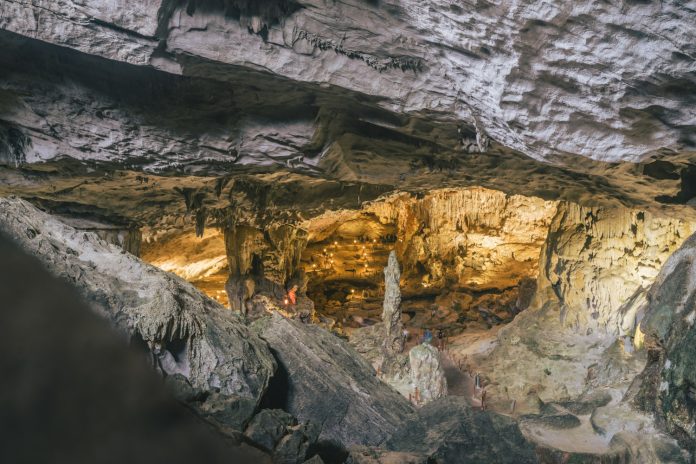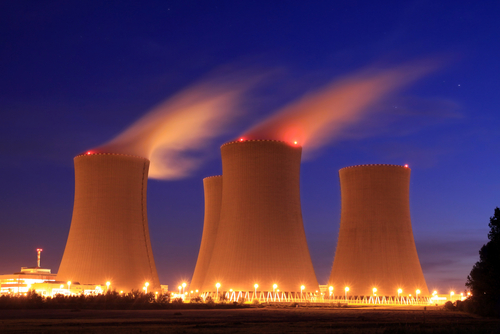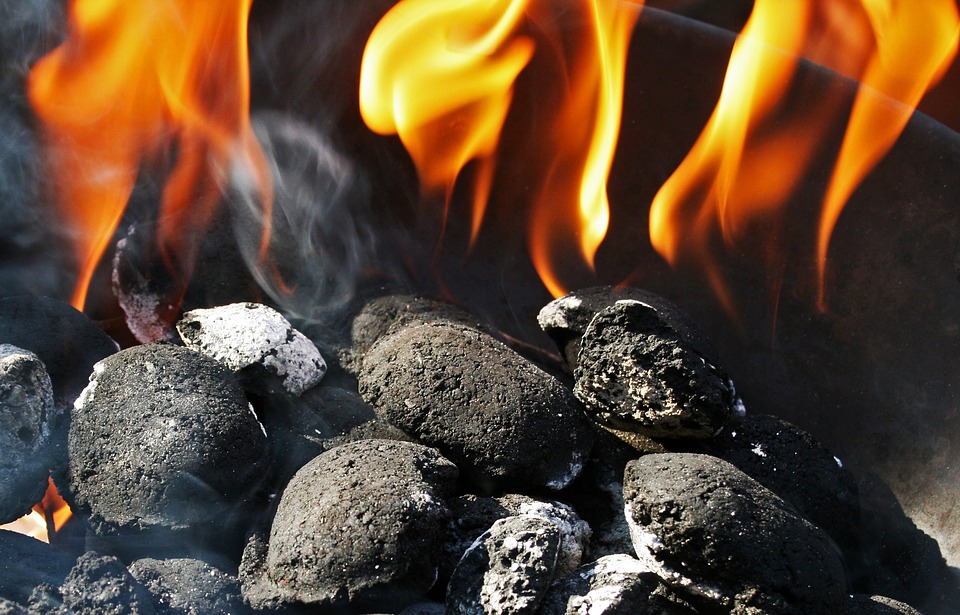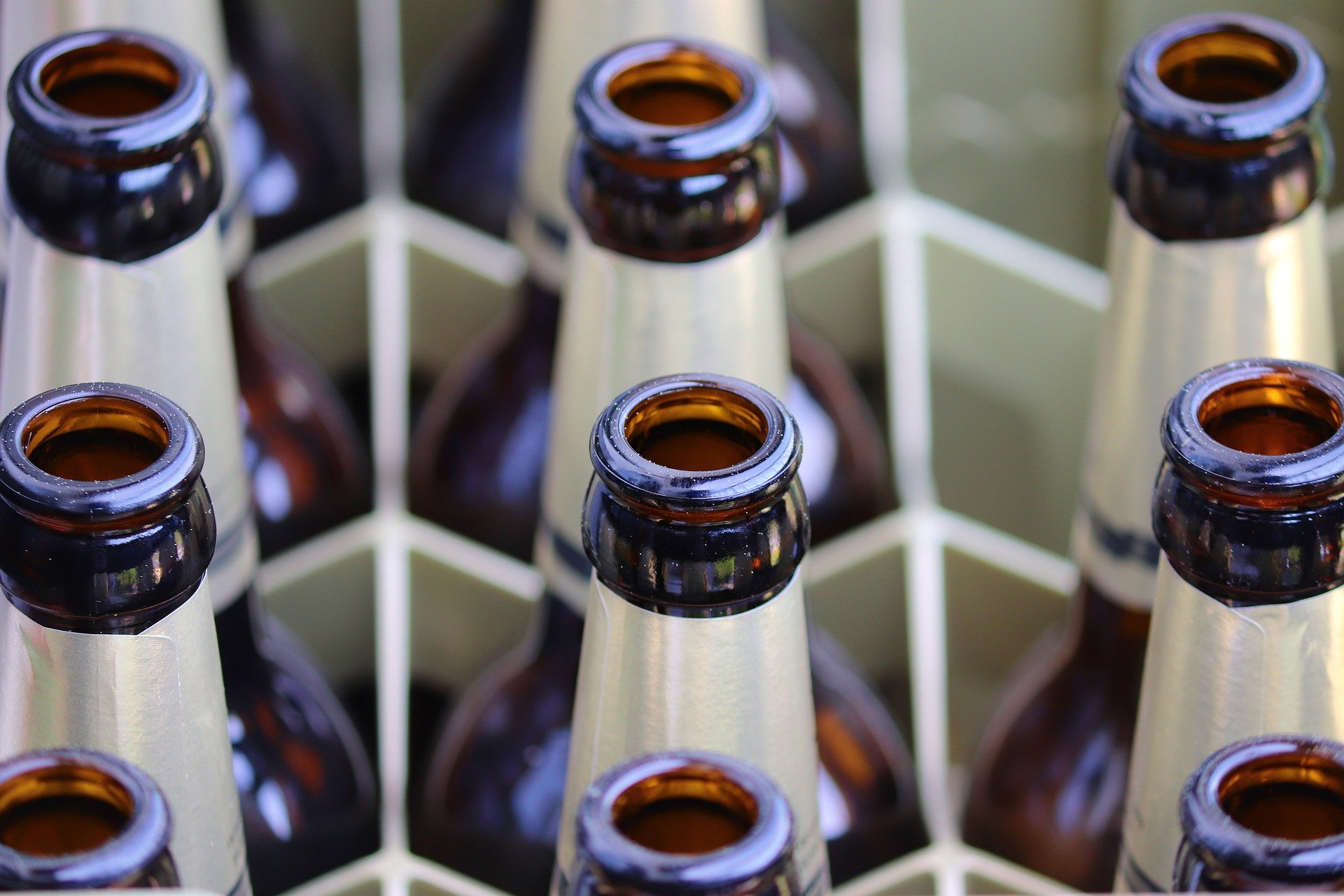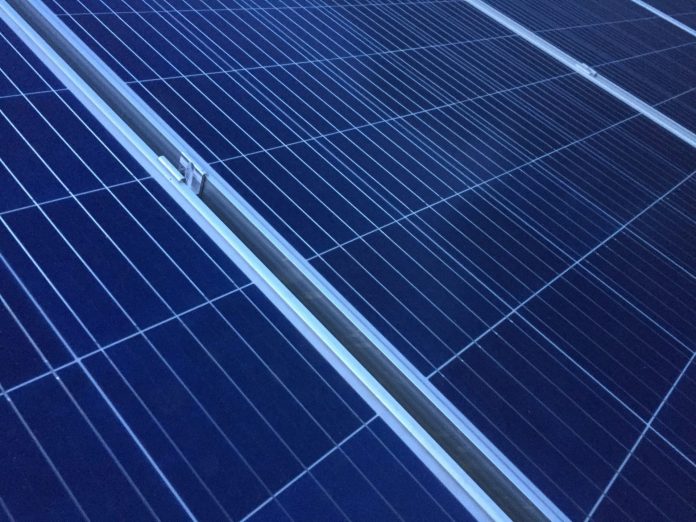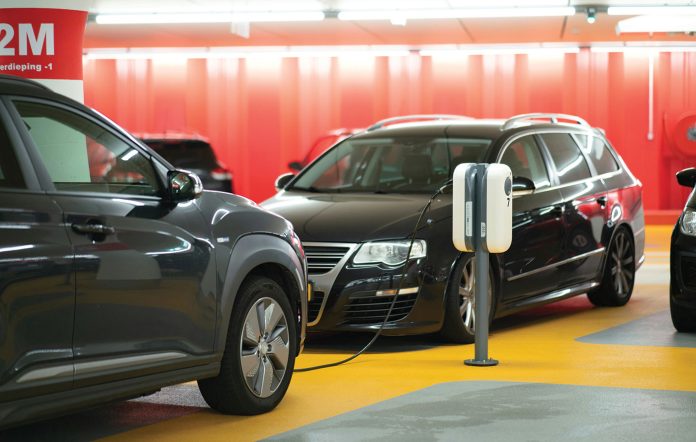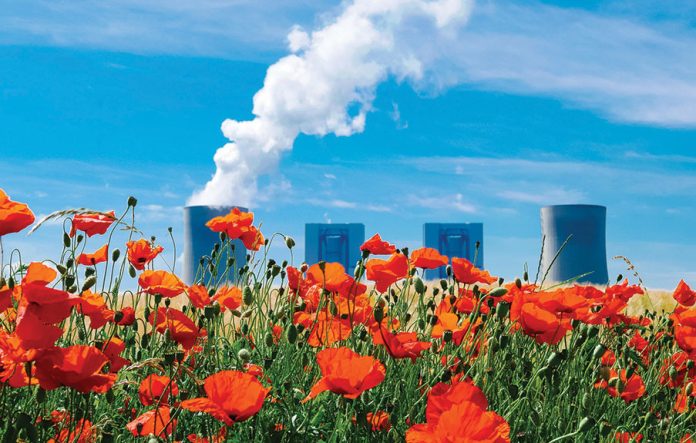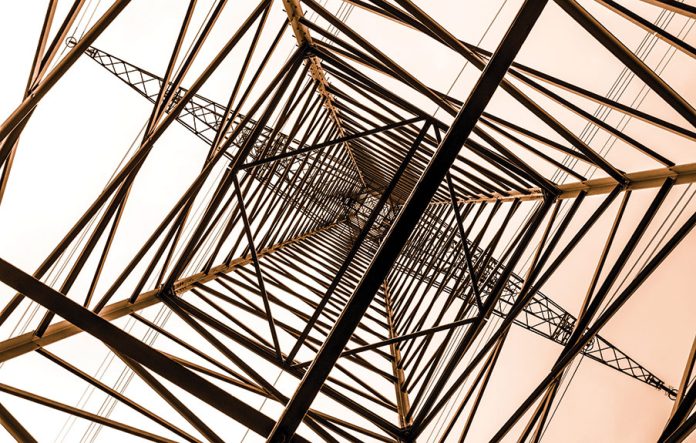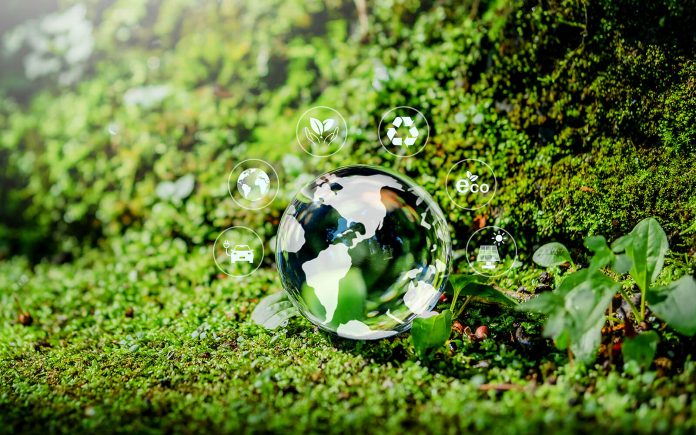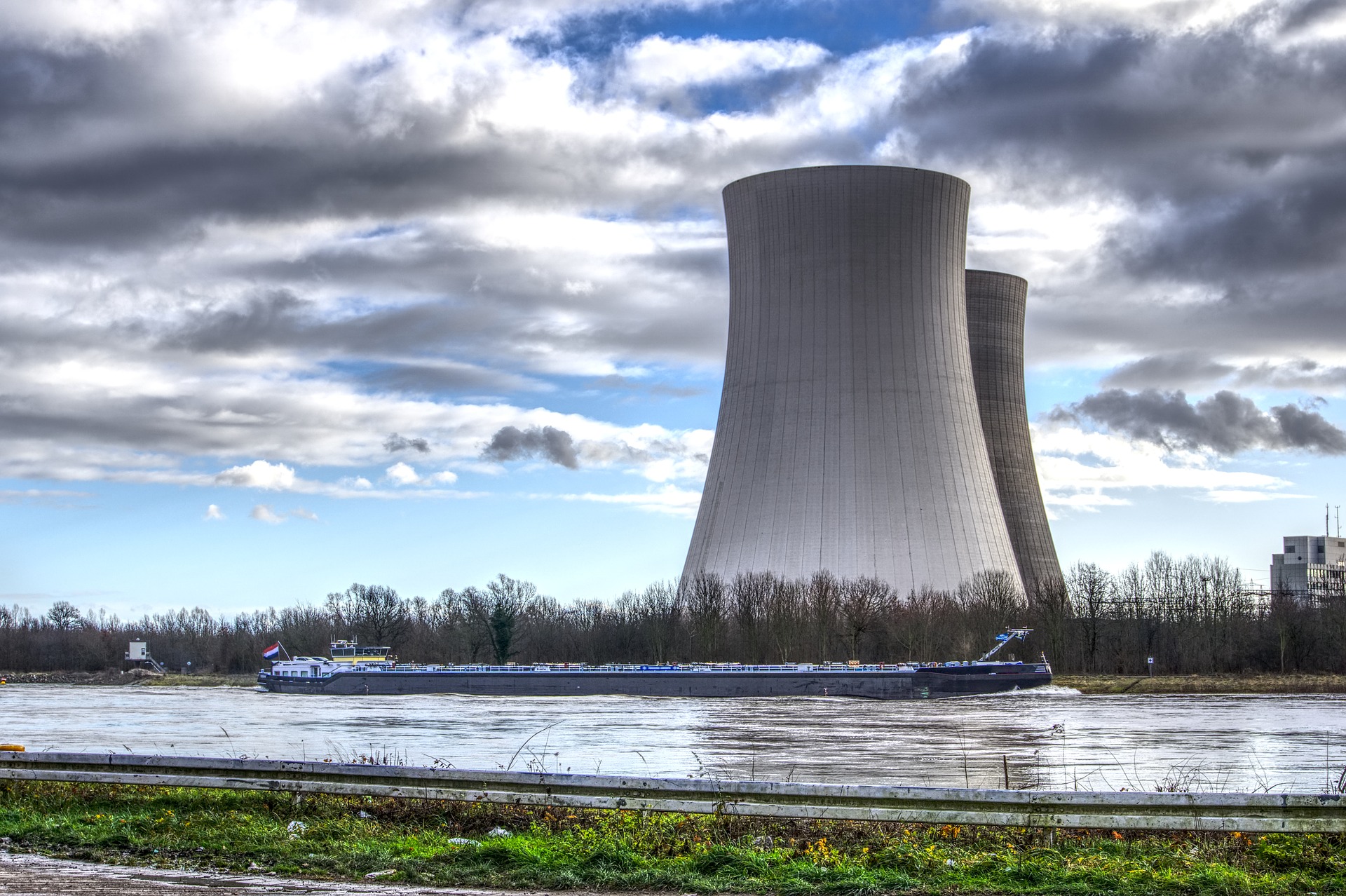Although sports and science rarely share the same headlines, these days they are connected by something truly special. At the center of attention are Ivana Španović, our most successful track and field athlete and one of the world’s best long jumpers – and, believe it or not, a newly discovered species of cave insect.
The Faculty of Biology at the University of Belgrade announced that the new species was found in a cave at the spring of the Đerekarska River, in the village of Đerekare near Tutin, on the Pešter Plateau close to the border with Montenegro.
Just as athletes push boundaries, break records, and bring victories, scientists expand the frontiers of knowledge with each new discovery. This time, we’re talking about a previously unknown species found deep in a cave, symbolically named after the champion herself – Remyella spanovicae.
Прикажи ову објаву у апликацији Instagram
It’s not the first time a new species in Serbia has been named in honor of prominent individuals who inspired researchers. A few years ago, a cave insect species discovered on Mount Povlen was named after Novak Djokovic, with the authors drawing inspiration from his traits – speed and perseverance.
Similarly, this newly discovered species was named after Ivana Španović – as a tribute to her athletic career, dedication, and contribution to promoting Serbia on the global stage. What connects them are strength, endurance, and persistence. As highlighted on the website of the Faculty of Biology, the new insect species easily moves along the ceilings and vertical cave walls thanks to its strong limbs – while Ivana, with similar ease, flies over the seven-meter mark. You could say both, in their own ways, defy gravity.
The Latin name spanovicae literally means “(the species) dedicated to Španović,” thereby permanently recording her name in the world of science.
So, who is this unusual namesake of our champion? It is a rare and endemic species of cave beetle from the family Leiodidae, which lives exclusively in complete darkness. It is completely blind, only four to five millimeters long, but adapted to the challenges of the underground world. It has an elongated body, very long legs, and antennae that, in males, are even longer than the body itself. Although almost invisible to the human eye, its discovery and name now represent an important mark in science.
This blend of science and sport reminds us that inspiration can come from the most unexpected places – even from the darkness of a cave.
Katarina Vuinac

